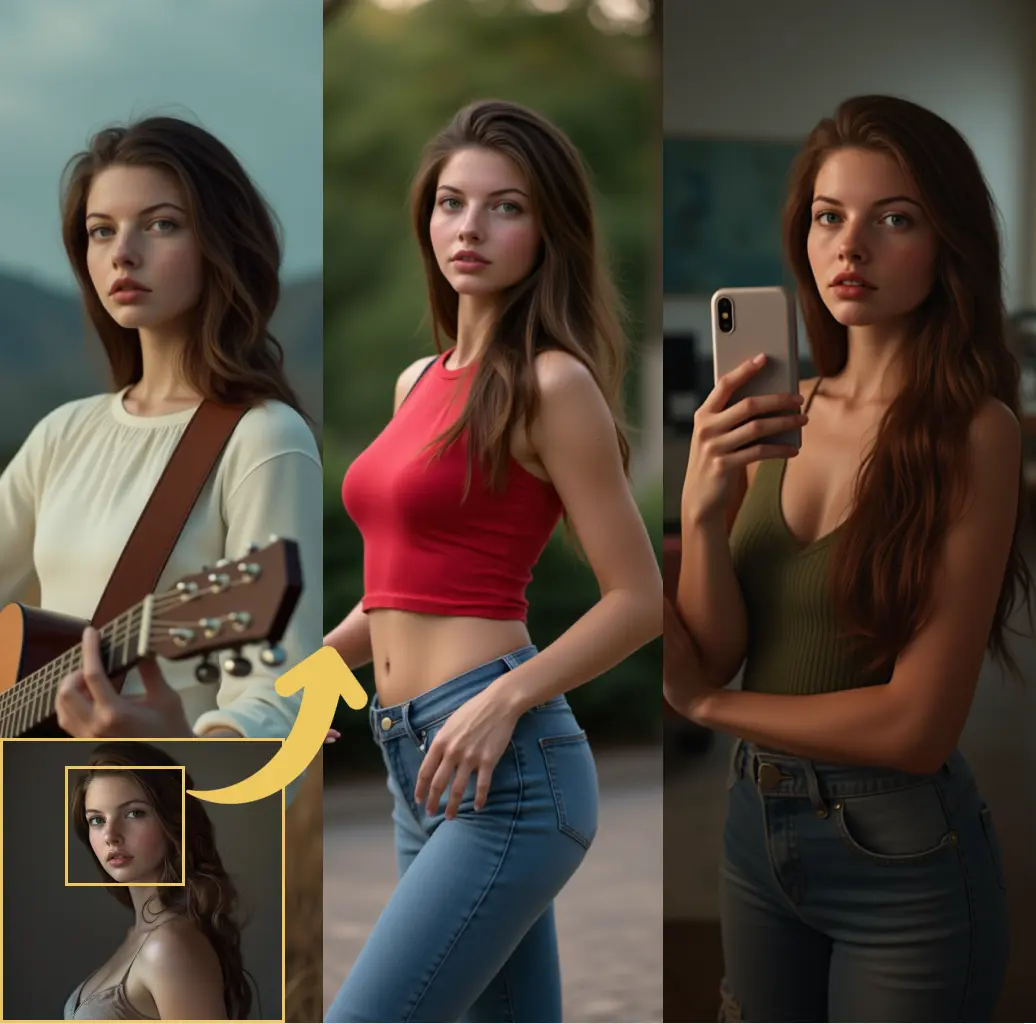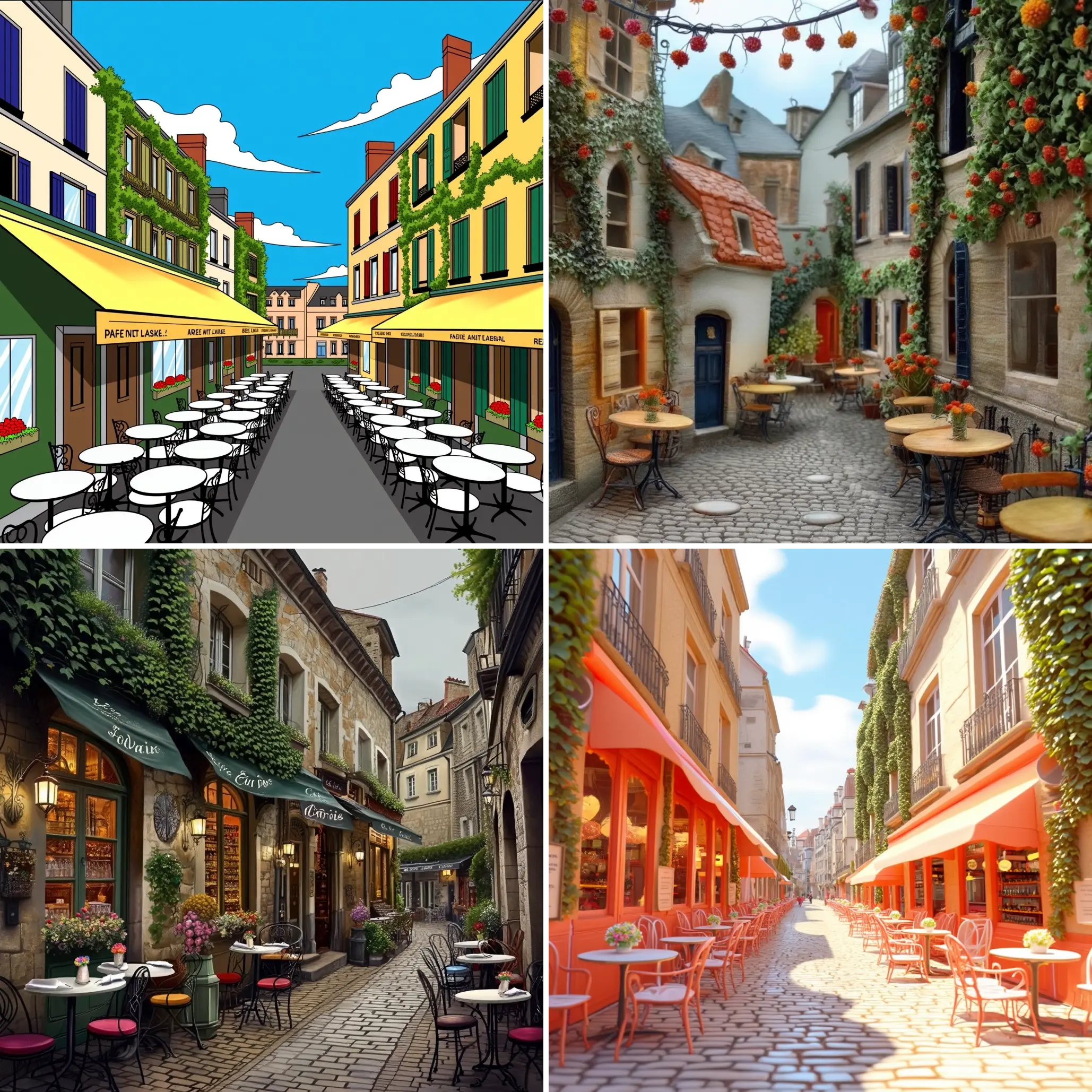ComfyUI Node: Video Depth Anything Process
VideoDepthAnythingProcess
CategoryVideoDepthAnything
yuvraj108c (Account age: 2475days) Extension
ComfyUI Video Depth Anything Latest Updated
2025-05-01 Github Stars
0.02K
How to Install ComfyUI Video Depth Anything
Install this extension via the ComfyUI Manager by searching for ComfyUI Video Depth Anything- 1. Click the Manager button in the main menu
- 2. Select Custom Nodes Manager button
- 3. Enter ComfyUI Video Depth Anything in the search bar
Visit ComfyUI Online for ready-to-use ComfyUI environment
- Free trial available
- 16GB VRAM to 80GB VRAM GPU machines
- 400+ preloaded models/nodes
- Freedom to upload custom models/nodes
- 200+ ready-to-run workflows
- 100% private workspace with up to 200GB storage
- Dedicated Support
Video Depth Anything Process Description
Generate depth maps from video frames for AI artists, enhancing visual content with depth effects.
Video Depth Anything Process:
The VideoDepthAnythingProcess node is designed to process video frames and generate depth maps, which are visual representations of the distance of objects from the camera. This node leverages a model to infer depth information from video sequences, providing a valuable tool for AI artists who wish to add depth perception to their video content. By converting video frames into depth maps, this node enables the creation of more immersive and visually compelling media. The process involves preprocessing the input video frames, inferring depth using a specified model, and applying a colormap to visualize the depth information. This node is particularly useful for enhancing video content with depth effects, making it a powerful addition to any AI artist's toolkit.
Video Depth Anything Process Input Parameters:
vda_model
The vda_model parameter specifies the model used for inferring depth from video frames. This model is responsible for analyzing the input video and generating the corresponding depth maps. The choice of model can significantly impact the quality and accuracy of the depth inference, making it a crucial component of the process.
images
The images parameter represents the input video frames that will be processed to generate depth maps. These frames are the raw data that the model analyzes to infer depth information. The quality and resolution of the input images can affect the final output, so it is important to provide clear and well-defined frames for optimal results.
input_size
The input_size parameter defines the size of the input frames that the model will process. It is an integer value with a default of 518, which determines the resolution at which the model analyzes the video frames. Adjusting this parameter can influence the processing speed and the level of detail in the depth maps.
max_res
The max_res parameter sets the maximum resolution for the input video frames. It is an integer value with a default of 1280, which ensures that the frames do not exceed a certain size, helping to manage computational resources and processing time. This parameter is important for balancing performance and output quality.
precision
The precision parameter specifies the numerical precision used during the depth inference process. It offers two options: fp16 and fp32, with fp16 as the default. Choosing fp16 can speed up processing and reduce memory usage, while fp32 provides higher precision and potentially more accurate results.
colormap
The colormap parameter determines the color scheme applied to the depth maps for visualization. It offers two options: inferno and gray, with gray as the default. The choice of colormap affects how the depth information is visually represented, allowing for different artistic effects and interpretations.
Video Depth Anything Process Output Parameters:
image
The image output parameter represents the processed depth maps generated from the input video frames. These depth maps are visual representations of the distance of objects from the camera, providing a new dimension of information to the video content. The output is a tensor of images that can be used for further artistic manipulation or analysis.
Video Depth Anything Process Usage Tips:
- To optimize performance, consider using the
fp16precision setting, especially when working with high-resolution videos, as it can significantly reduce processing time and memory usage. - Experiment with different colormaps (
infernoandgray) to achieve the desired visual effect for your depth maps, as each colormap offers a unique way to interpret depth information. - Ensure that your input video frames are of good quality and resolution to achieve the best results, as the clarity of the input can greatly influence the accuracy of the depth inference.
Video Depth Anything Process Common Errors and Solutions:
Model not loaded
- Explanation: This error occurs when the specified
vda_modelis not properly loaded or initialized before processing. - Solution: Ensure that the model is correctly loaded and available on the specified device before starting the depth inference process.
Input size too large
- Explanation: This error arises when the
input_sizeormax_resexceeds the capabilities of the processing device, leading to memory issues. - Solution: Reduce the
input_sizeormax_resto fit within the available memory and processing power of your device.
Unsupported colormap
- Explanation: This error occurs when an invalid colormap option is provided.
- Solution: Verify that the
colormapparameter is set to eitherinfernoorgray, as these are the supported options.
Video Depth Anything Process Related Nodes
RunComfy is the premier ComfyUI platform, offering ComfyUI online environment and services, along with ComfyUI workflows featuring stunning visuals. RunComfy also provides AI Playground, enabling artists to harness the latest AI tools to create incredible art.



